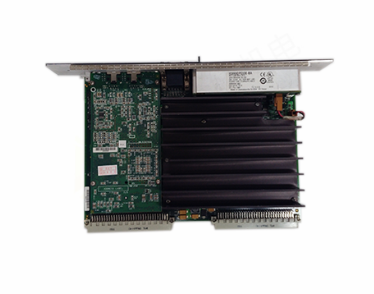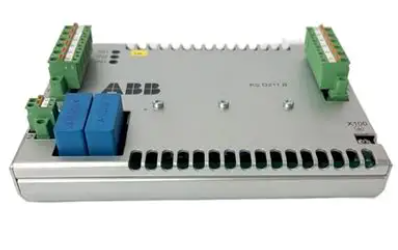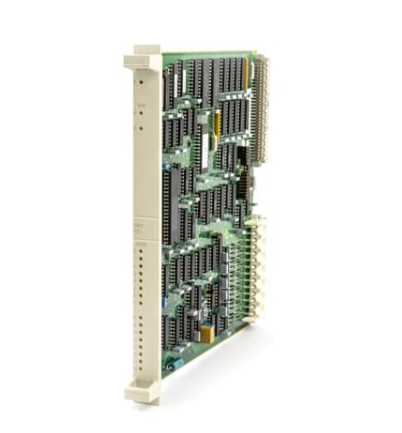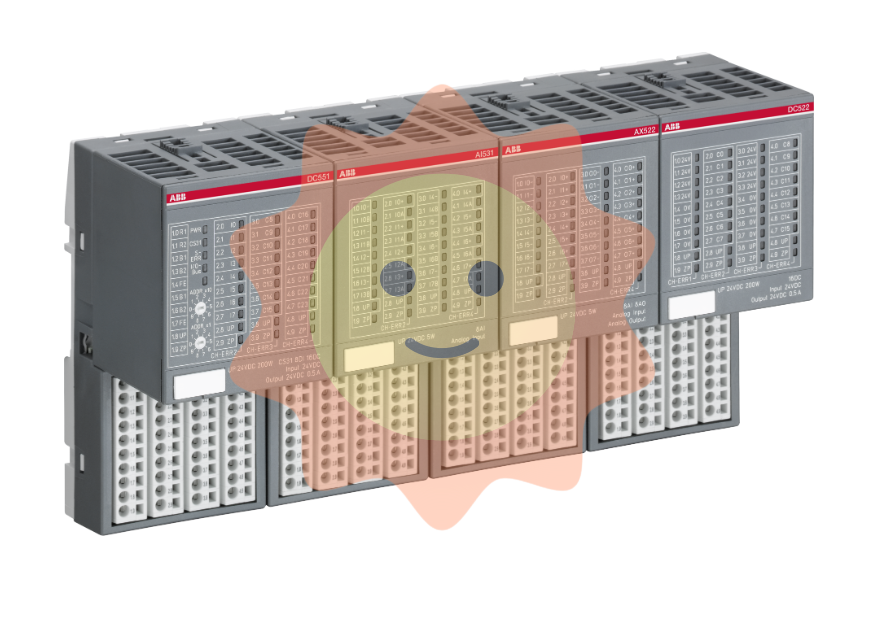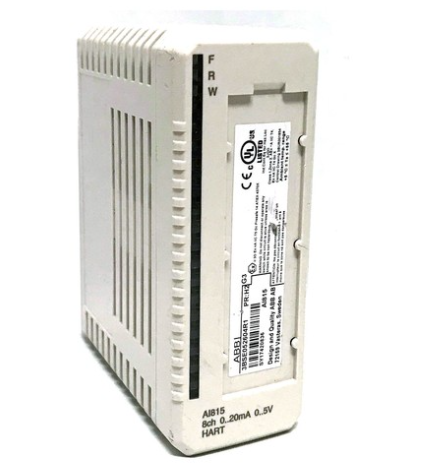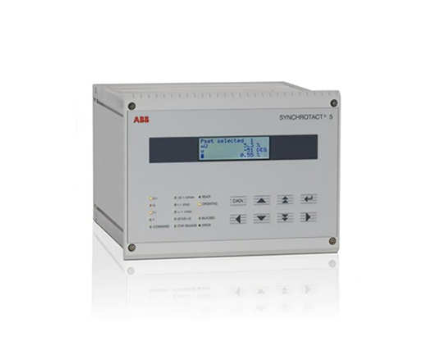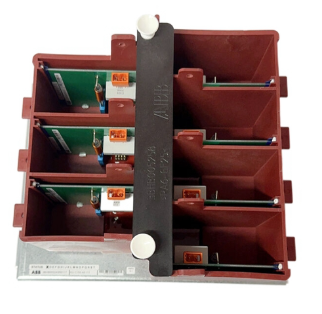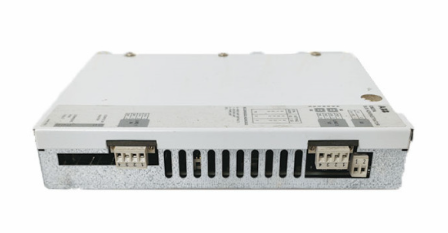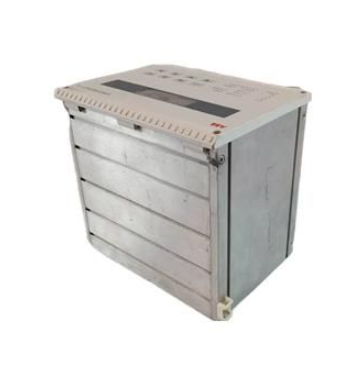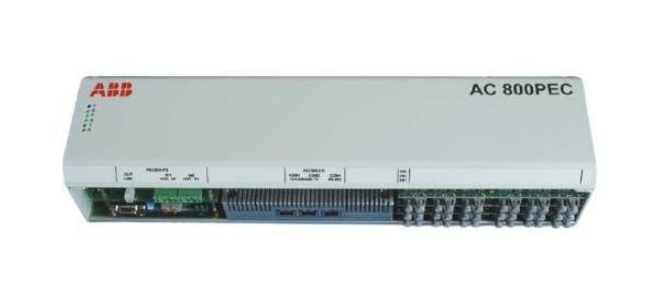The new pattern of fresh fast moving consumer goods is accelerating
What are the key elements of profitability: efficiency, scale, supply chain management...
"Efficiency and scale are the two key elements for an online fresh business to achieve profitability. Efficient warehousing (picking and packing) and fulfillment can reduce the cost per order, and this can only be achieved once the order reaches a certain size." -- Mr. Huang Mingduan, CEO of Sun Art Retail and Chairman of RT-Mart China
"To better serve the community, companies must ensure the quality of service, product selection, pickup and home delivery. Order density and penetration determine cost and efficiency." -- Mr. Jiang Jianfei, founder of Yipin Fresh Food
"In the next five years, the competition of supply chain capabilities will be the focus of the industry. Daily Youxian will invest 10 billion yuan in the next three to five years, support 10 billion cooperation scale suppliers, and suppliers for brand, channel, data, capital, capital six major empowerment." -- Ms. Liu Zhidan, Vice President of Daily Fresh Products
"Compared with other new forms, O2O (online and offline integration) business super home model is more robust and more profitable. The O2O market size of supermarket fresh food in 2020/2023 will reach 140 billion yuan / 500 billion yuan respectively, compared with 80-90 billion yuan in 2019." -- Mr. He Huijian, Vice President of Dada Group and general manager of JD Home Business Division
"Live streaming e-commerce will continue to grow rapidly. "Fresh food sales on the Kuaishou platform are six times higher than the same period last year." -- Ms. Wang Jing, head of food industry of Kuaishou e-commerce
"Each city has its own characteristics and is suitable for different fresh e-commerce models." There is no one solution for the whole country." -- Mr. Wang Wei, the legendary founder of fresh food
Goldman Sachs Research estimates that nearly half of China's FMCG will be purchased online by 2025 (up from 20% today), which means 260 million online FMCG orders will be generated daily. Mainly driven by the following factors:
As the digital level of Chinese consumers continues to increase, the shift in consumer behavior of buying fresh FMCG products online will continue, even in the post-epidemic period of life normalization, and not only in first - and second-tier cities, but also in lower-tier cities. This is thanks to e-commerce giants and unlisted companies launching a variety of new format options (from same-day delivery, to one-hour delivery and next-day pickup), bringing better user experience, better product quality and more attractive consumption propositions.
As the market transitions further from less efficient wet markets to structured retail, Goldman Sachs Research forecasts that the wet market's share of the overall fresh food market will decline from more than 50% in 2019 to 30% in 2025.
Point-to-point delivery prices for online orders of fresh FMCG (point-to-point delivery of fresh produce and packaged food directly from the farm/production base to home) are among the lowest in the world. However, due to the high spoilage rate due to the lack of temperature control and the weight limit of express packages, the proportion of this model is expected to gradually decline in the future. Goldman Sachs Research expects peer-to-peer delivery's share of the fresh and fast-moving consumer goods e-commerce market to decline from 59 percent in 2020 to 47 percent in 2025.

New forms of online-to-offline integration (O2O) are increasingly popular, including community group-buying models for consumers in low - and mid-tier cities, that is, centralized ordering and next-day pickup. We expect community group buying to account for 19% of the fresh FMCG e-commerce market by 2025.
As the share of in-store customer spending declines, the transformation of online sales carried out by supermarkets will continue to advance, complementing the single warehouse-to-home model, with O2O increasing from 2% in 2019 to 14% in 2025 (with major supermarket chains averaging 30-40%). It is expected that by 2025, the proportion of store-to-home/mega-warehouse-to-home/micro-warehouse-to-home models will reach 10%, 19% and 5% respectively.
In the fresh industry software technology service provider Dongpo CEO Luo Ming view, in the supply chain, the advantage of self-built supply chain is relatively strong self-control, the disadvantage is that it needs to be managed by itself, its efficiency is not necessarily higher than the efficiency of third-party management, and the internal self-built procurement team will even be inefficient and the quality of finding goods is worse than that of third-party suppliers.
"A large enough platform must build its own procurement team and go to the source to find goods, but if the volume is not so large, it will be relatively more efficient to find a third-party supplier." 'he said.
It's a field of competition between startups and titans: the titans have a lot of money, but aren't necessarily better at picking coins than the startups; Players who have an advantage in the mode will also lose their leading position because they do not pay attention to the operation; Even a small and medium-sized platform in a small corner of the country, backed by a solid local supply chain, may also harvest a peaceful situation in the fierce war.
- EMERSON
- Honeywell
- CTI
- Rolls-Royce
- General Electric
- Woodward
- Yaskawa
- xYCOM
- Motorola
- Siemens
- Rockwell
- ABB
- B&R
- HIMA
- Construction site
- electricity
- Automobile market
- PLC
- DCS
- Motor drivers
- VSD
- Implications
- cement
- CO2
- CEM
- methane
- Artificial intelligence
- Titanic
- Solar energy
- Hydrogen fuel cell
- Hydrogen and fuel cells
- Hydrogen and oxygen fuel cells
- tyre
- Chemical fiber
- dynamo
- corpuscle
- Pulp and paper
- printing
- fossil
- FANUC
- Food and beverage
- Life science
- Sewage treatment
- Personal care
- electricity
- boats
- infrastructure
- Automobile industry
- metallurgy
- Nuclear power generation
- Geothermal power generation
- Water and wastewater
- Infrastructure construction
- Mine hazard
- steel
- papermaking
- Natural gas industry
- Infrastructure construction
- Power and energy
- Rubber and plastic
- Renewable energy
- pharmacy
- mining
- Plastic industry
- Schneider
- Kongsberg
- NI
- Wind energy
- International petroleum
- International new energy network
- gas
- WATLOW
- ProSoft
- SEW
- wind
- ADVANCED
- Reliance
- YOKOGAWA
- TRICONEX
- FOXBORO
- METSO
- MAN
- Advantest
- ADVANCED
- ALSTOM
- Control Wave
- AB
- AMAT
- STUDER
- KONGSBERG
- MOTOROLA
- DANAHER MOTION
- Bently
- Galil
- EATON
- MOLEX
- Triconex
- DEIF
- B&W
- ZYGO
- Aerotech
- DANFOSS
- KOLLMORGEN
- Beijer
- Endress+Hauser
- MOOG
- KB
- Moxa
- Rexroth


Email:wang@kongjiangauto.com

